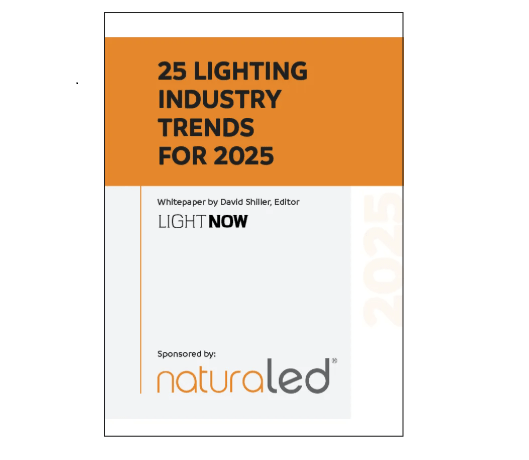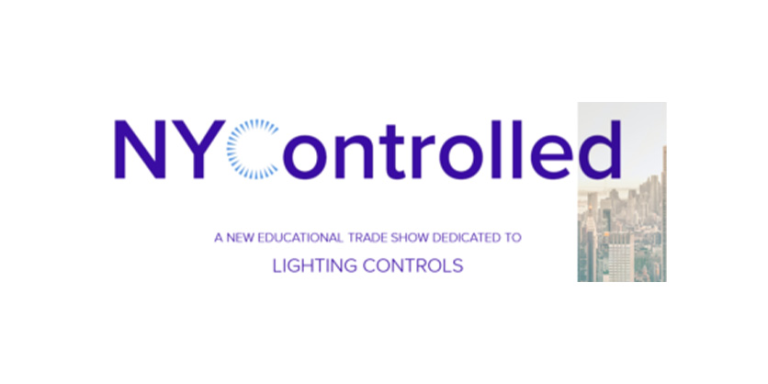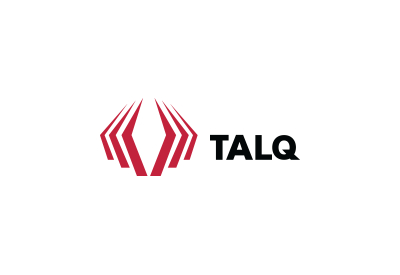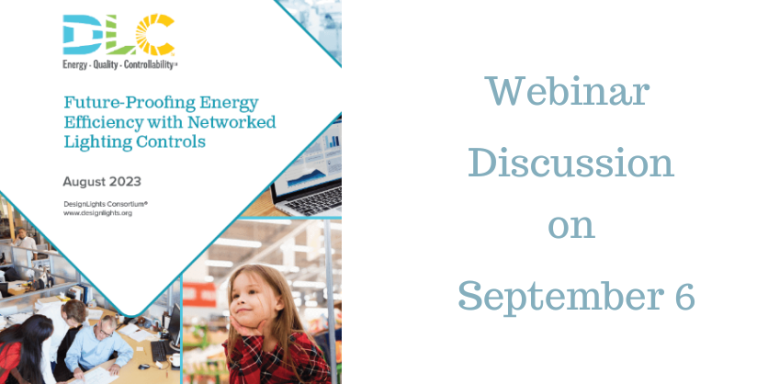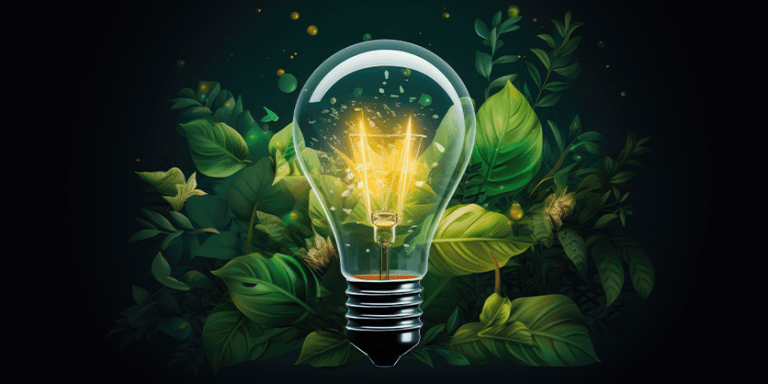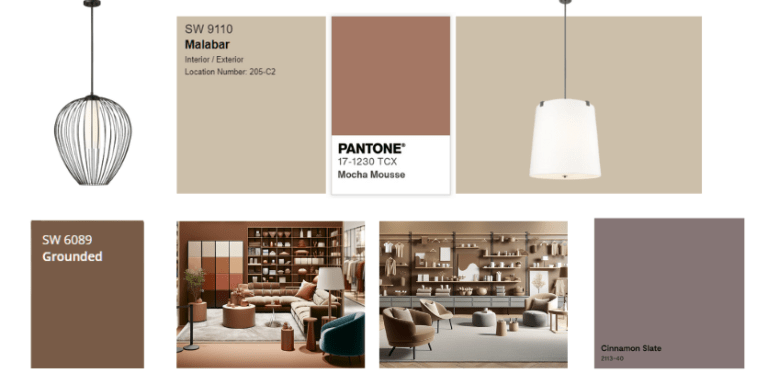25 Lighting Industry Trends for 2025: Part II

As we continue our exploration of the lighting industry’s future, we delve into Part II of David Shiller’s insightful white paper, 25 Lighting Industry Trends for 2025, which is available via download in its entirety.
Here, we unveil the remaining 12 projections that are set to shape the lighting landscape in the coming years.
14. Fewer lighting trade publications
Electrical News recently shut down. tED replaced lightED with electrifiED. LightSPEC magazine (formerly Architectural SSL) merged into Architectural Products magazine. Randy Reid announced his pending retirement from the many lighting publications that he has managed: Edison Report, designing lighting, LM&M, and more.
15. Expansion of wildlife-friendly lighting
There are growing voluntary and regulatory efforts to employ wildlife-friendly outdoor lighting. Turtle safe lighting is expanding to more types of outdoor lighting products, including tape lights.
16. Growing dark sky awareness

There is growing awareness of the need to fight light pollution among the general public, municipalities, and the hospitality industry. Dark sky sanctuaries are increasing globally. There is significant growth in residential dark sky luminaires, not just commercial. Dark Sky International is working on a new specification for residential dark sky luminaires. A new Dark Sky Lodging program has been launched. There has been growth in the DLC Luna program that fights light pollution. Illinois passed a state light pollution law for any outdoor lighting purchased with state funds.
17. New animal welfare agricultural lighting approaches gain traction
There are new theories on animal welfare agricultural lighting for poultry (gradient lighting) and dairy farms (long-day lighting). This is changing the lighting products (spectrum, light distributions, and controls) for these niche markets, as well as hours of operation.
18. Aging workforce changes how many businesses operate
The aging of the workforce and increasing retirements is creating a talent shortage in lighting, the trades, reps, as well as many other industries. Many younger workers prefer a collection of part- time opportunities and are less interested in a traditional full-time role, for a single employer. Some predict half of facility management jobs will go unfilled by 2025.
Facility managers are expected to increasingly rely on (and manage) contractors to get work done. New software platforms help match contractors to facility management needs. Skilled trade labor shortage will push construction to greater automation, off-site construction of major components, and components with simplified installation processes that require less on-site labor. Larger luminaires are increasingly being designed with simplified one-person mounting hardware. The talent shortage is also impacting training, tools, and workforce composition. Labor saving products and features will become increasingly popular.
19. Circularity in luminaires

There is growing activity around luminaire life cycle assessments (LCAs) and environmental product declarations (EPDs). Circularity and the TM66 standard in the UK have resulted in sustainable street and area lights made of wood! Apprime Lighting is an example of design for circularity, in the US. They’ve designed toolless removal of a troffer light engine, and then reuse of the engine chassis with new modules and drivers. There are continually more innovative 3D-printing polymers made from recycled fishing nets, coffee grounds, clothing, carpet fibers, dense plastic containers, and recycled packaging. There are also now optically clear, 3D-printed luminaire diffusers made from recycled materials. Zhaga standards are also supporting circularity in lighting.
20. Tougher harsh environment luminaires
Increasingly durable industrial luminaires are able to withstand higher temperatures up to 212 degrees F, and survive in dirtier, harsher environments. Remoted drivers improve thermal management.
21. Greener buildings
Reducing the environmental impact of facilities is driven by corporate ESG mandates, government regulations, incentives, the growing need for resiliency, and lowering utility costs. Circular economy principles emphasize using renewable, recycled, and recyclable materials. Facility managers are also pushed to reduce waste, decarbonize, and advance electrification. These trends increase interest in energy efficiency and reducing energy use through controls.
22. More lighting control trade shows
There are a growing number of lighting control trade shows and conferences. These include the DCL Controls Summit, NYControlled, Lightapalooza, CEDIA Expo, Smart City Connect Conference & Expo, and arguably the IES Street & Area Lighting Conference (SALC), which, in part, features smart city control platform providers.
23. Proliferation of green, healthy, and smart certification programs
The rise of green and health certification programs for both products and buildings: WELL, Fitwell, Declare, EcoVadis, Green Globes, and more.

24. Solar luminaires benefits increasing
Until recently the primary benefits of solar lighting were avoided costs for trenching, cabling, and electricity. Increasingly though, solar streetlights are being specified to fight the theft of copper wire between conventional streetlights.
Solar lighting is also increasingly incorporated by homebuilders, in hurricane prone states. An example is D.R. Horton partnering with Streetleaf for more resilient streetlights in their communities. The poles are designed for 160 mph wind speeds, and the lights operate when the grid is taken down by a severe storm. Other solar luminaire manufacturers include iLamp by Conflow Power Group, Soltech, and Light Efficient Design.
25. IT trends impacting lighting
There is a growing trend toward sales and operations software designed specifically for the lighting and electrical markets. E-labeling is increasing on products and packaging, with QR codes pointing to web-based product information. Standardization of e-labeling is also occurring. There is a deepening and narrowing of operational work flows using AI. A new FCC IoT cybersecurity labeling program has been launched.
Click here to download the full report. Shiller also publishes the LightNowBlog.


